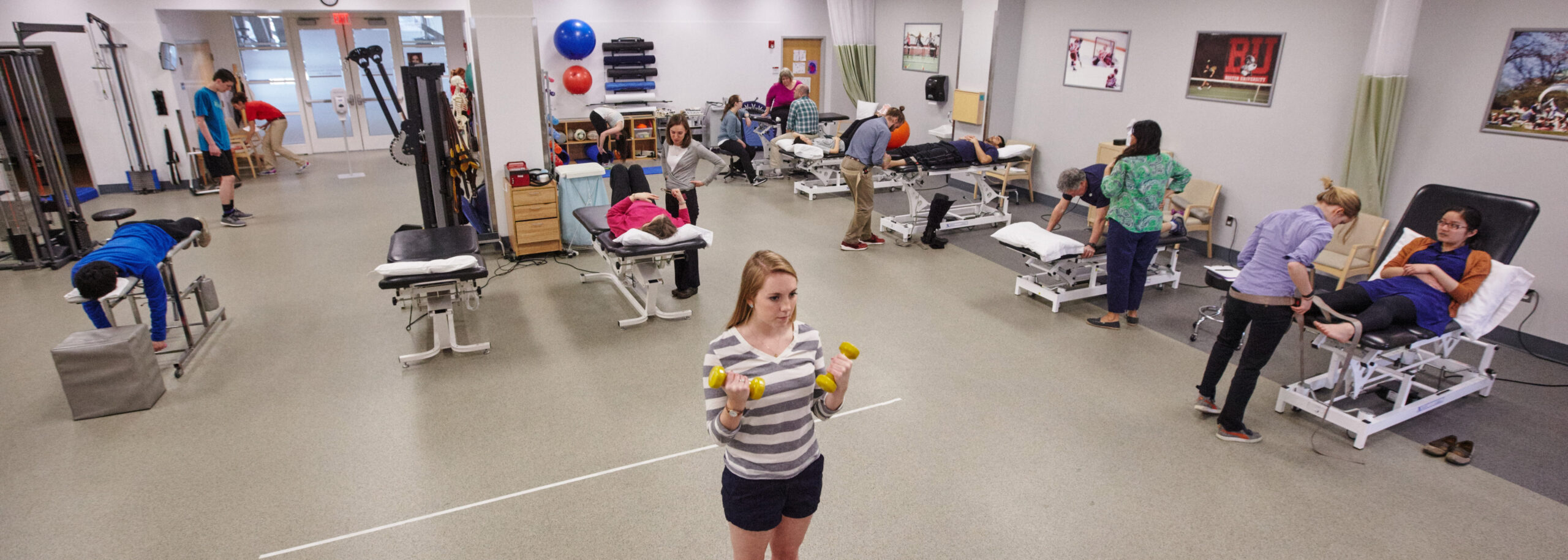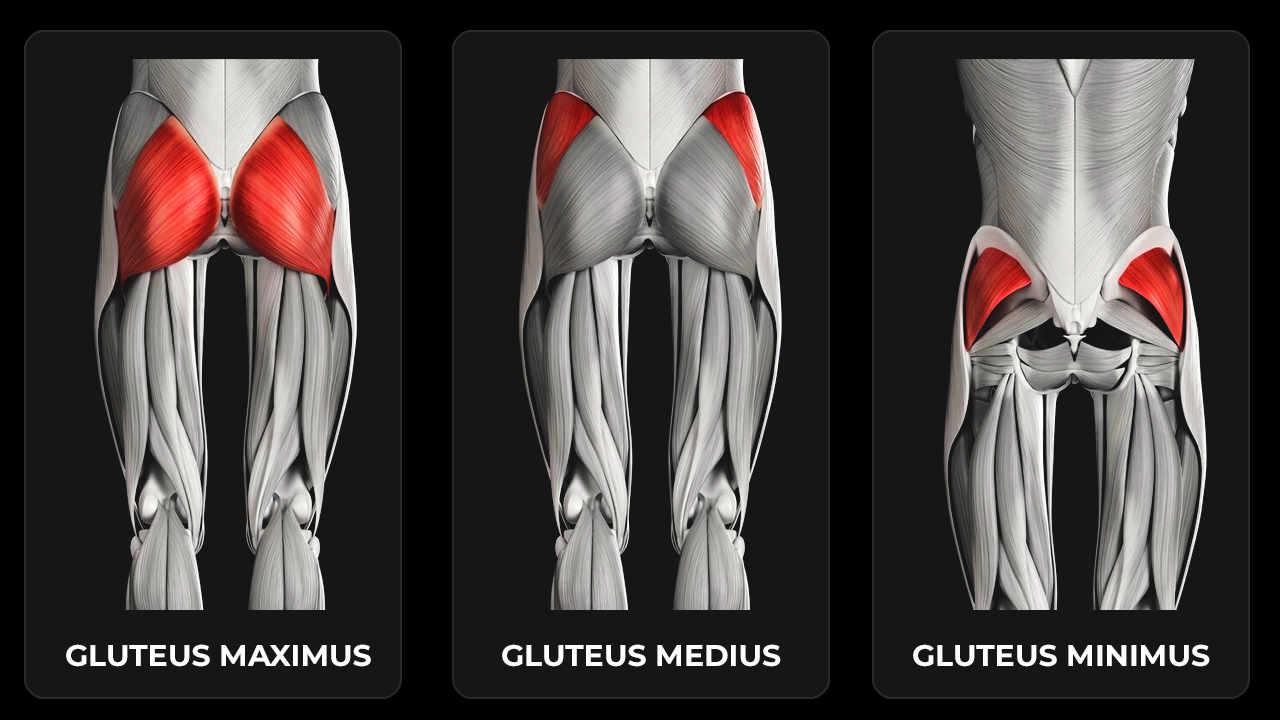Physical therapy facilities serve as essential hubs for rehabilitation, offering a wide range of services aimed at restoring mobility, improving function, and enhancing overall quality of life for patients.
These facilities provide a supportive environment where individuals can receive personalized care from skilled professionals, utilizing state-of-the-art equipment and evidence-based interventions to facilitate recovery.
In this comprehensive guide, we’ll delve into the key features of physical therapy facilities, their role in patient care, and the benefits they offer to individuals seeking rehabilitation.
Understanding Physical Therapy Facilities:
Physical therapy facilities are specialized healthcare settings dedicated to providing rehabilitative services to individuals recovering from injuries, surgeries, or managing chronic conditions. These facilities may vary in size, scope, and services offered, ranging from outpatient clinics and hospital-based departments to standalone rehabilitation centers and specialized treatment centers.
Key Features of Physical Therapy Facilities:
- Expert Staff: Physical therapy facilities are staffed by a team of highly skilled professionals, including licensed physical therapists, physical therapist assistants, and support staff. These professionals possess expertise in assessing, diagnosing, and treating a wide range of musculoskeletal and neuromuscular conditions, ensuring that patients receive comprehensive care tailored to their individual needs.
- Specialized Services: Physical therapy facilities offer a variety of specialized services to address diverse patient needs. These may include orthopedic rehabilitation, sports injury rehabilitation, neurological rehabilitation, pediatric rehabilitation, geriatric rehabilitation, and vestibular rehabilitation, among others. By tailoring treatment plans to specific conditions and populations, physical therapy facilities can effectively address a wide range of rehabilitation goals.
- State-of-the-Art Equipment: Physical therapy facilities are equipped with state-of-the-art equipment and technology to support patient care and rehabilitation. This may include exercise machines, therapeutic modalities (such as ultrasound and electrical stimulation), balance and gait training equipment, assistive devices, and functional mobility aids. Access to advanced equipment allows therapists to deliver targeted interventions and track patient progress effectively.
- Comprehensive Assessment: Upon intake, patients undergo comprehensive assessments to evaluate their current functional status, identify areas of impairment, and establish rehabilitation goals. Physical therapists conduct thorough evaluations, which may include strength testing, range of motion assessments, functional mobility assessments, and specialized tests or measures based on the patient’s condition and goals.
- Individualized Treatment Plans: Based on the assessment findings and the patient’s rehabilitation goals, physical therapists develop individualized treatment plans tailored to address specific impairments and optimize functional outcomes. Treatment plans may incorporate a variety of therapeutic interventions, including therapeutic exercise, manual therapy techniques, modalities, patient education, and home exercise programs.
- Patient-Centered Care: Physical therapy facilities prioritize patient-centered care, focusing on the individual needs, preferences, and goals of each patient. Therapists collaborate closely with patients to develop personalized treatment plans, educate them about their condition and treatment options, and empower them to take an active role in their rehabilitation journey.
Benefits of Physical Therapy Facilities:
- Improved Outcomes: Physical therapy facilities offer comprehensive, evidence-based interventions that are tailored to each patient’s specific needs and goals. By providing specialized services and access to advanced equipment, these facilities can help individuals achieve optimal rehabilitation outcomes and regain function more quickly and effectively.
- Enhanced Function and Mobility: Through targeted therapeutic interventions and individualized treatment plans, physical therapy facilities help individuals improve their strength, flexibility, balance, coordination, and overall functional mobility. This enables patients to perform daily activities more independently and participate more fully in work, leisure, and recreational activities.
- Pain Management: Physical therapy interventions, such as therapeutic exercise, manual therapy, and modalities, can help alleviate pain and discomfort associated with musculoskeletal injuries, chronic conditions, or post-surgical recovery. By addressing underlying impairments and promoting tissue healing, physical therapy facilities contribute to improved pain management and overall comfort for patients.
- Prevention of Complications: Physical therapy facilities focus not only on treating existing impairments but also on preventing future complications and functional decline. Through education, exercise programs, and self-management strategies, patients learn how to prevent injuries, maintain their gains, and optimize their long-term health and well-being.
- Patient Education and Empowerment: Physical therapy facilities provide education and support to empower patients to take an active role in their rehabilitation and self-care. Patients learn about their condition, treatment options, and strategies for managing symptoms, enabling them to make informed decisions and participate more effectively in their recovery process.
- Holistic Approach to Care: Physical therapy facilities take a holistic approach to patient care, addressing not only the physical aspects of rehabilitation but also the emotional, social, and psychological factors that may impact recovery. By considering the whole person and their unique needs, physical therapy facilities provide comprehensive support that promotes overall health and well-being.
Conclusion:
In conclusion, physical therapy facilities play a vital role in advancing rehabilitation and improving outcomes for individuals recovering from injuries, surgeries, or managing chronic conditions. By providing specialized services, state-of-the-art equipment, individualized treatment plans, and patient-centered care, these facilities offer comprehensive support that addresses the diverse needs and goals of patients.
Whether restoring function, improving mobility, alleviating pain, or preventing complications, physical therapy facilities contribute to enhanced quality of life and optimal recovery for individuals seeking rehabilitation.



